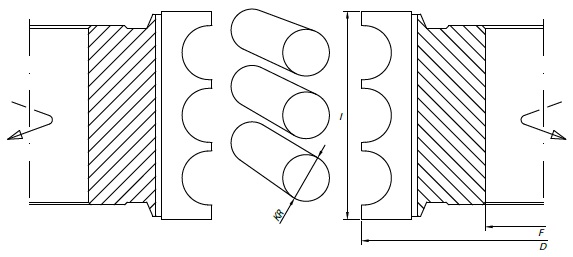I have tried a few methods of making thin dowels. Whether they are of interest I'll leave to you.
Six millimetre dowels formed by modifying a pencil sharpener. Remove the blade drill out the end, use larger pencil sharpener in aluminium, carefully modify blade before replacing and off you go. Best done manually I think.
Four millimeter dowels in dowel plate. Gently. In the case of 3mm then as the diagonal of the square is 4.2mm, start with a 4.5mm hole, to give a bit of leaway, then drop to 4mm and on to 3mm. Oh! as they are readily available I'd use a 3.2mm( 1/8" ) hole between the 4.0mm and the 3mm. The use of graduated holes means that less material is removed with each 'gentle' clout. If you can grip the dowels then pulling rather than pushing is likely to produce fewer failures.
My favourite method is possibly useful under power. Start with a 3mm semi-circle scratch stock. Take a 3mm board, scrape the edge to knock off the corners, the scratch away at one surface. When the bead is fully formed turn the board over and scratch away until the bead falls off. I have done several 250mm lengths using this method. The results were as good as I could have expected.
This is the method which I believe could be done, very carefully, on a router table. Possibly one bead at a time, possibly in multiples.
https://www.trend-uk.com/en/UK/productlist/4/79/multi_bead_and_reads.html
Both the single and multiple beads/dowels done on the router table would need to be controlled, and safe of course. Although the multiple option might have beads flapping around all over the place.
The 6mm dowels were in Mahogany, and the others in Joinery Quailty Softwood. Sadly I think at 3mm in Oak you might be down at the sort of scale where the grain comes into play.
xy


































